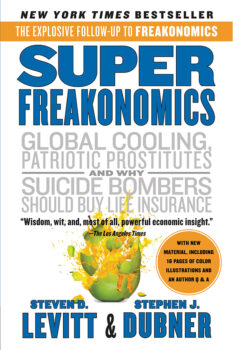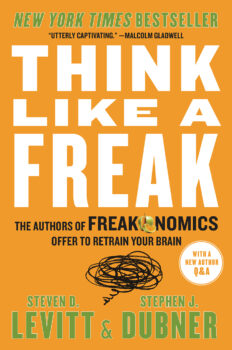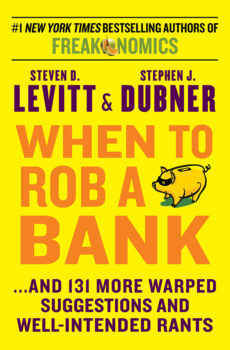What Makes a Rogue Trader Tick? A Q&A with FT Columnist John Gapper
The rogue trader is a recurring character in the story of finance over the last 20 years. This is the guy who makes secret, unauthorized bets with his bank’s money, driven by some seeming combination of inadequacy and a huge appetite for risk, and abetted at times by an amazing lack of internal controls.
The deeper he goes, the harder he has to work to conceal his deception until one day, it inevitably comes crashing down. The bank loses billions, the trader (sometimes) goes to jail. The story is repeated every several years. The latest version broke in September when UBS announced it had lost more than $2 billion as a result of rogue trader Kweku Adoboli.
In his new e-book, How to Be a Rogue Trader, Financial Times columnist John Gapper explains why this story has become so familiar over the years. As he puts it, the rogue trader is a species of sorts within the world of finance, a special breed with certain behaviors and characteristics that are consistent through time. Gapper delves into evolutionary biology and the research of Daniel Kahneman to better understand the nature of men like Nick Leeson, Joe Jett, and Jerome Kerviel.




